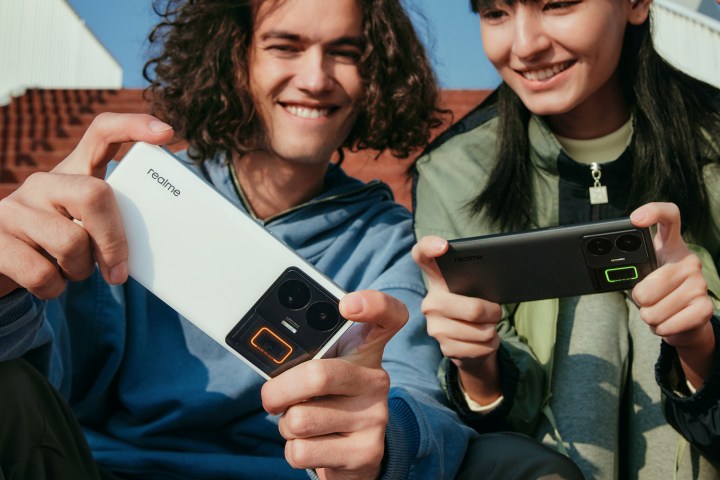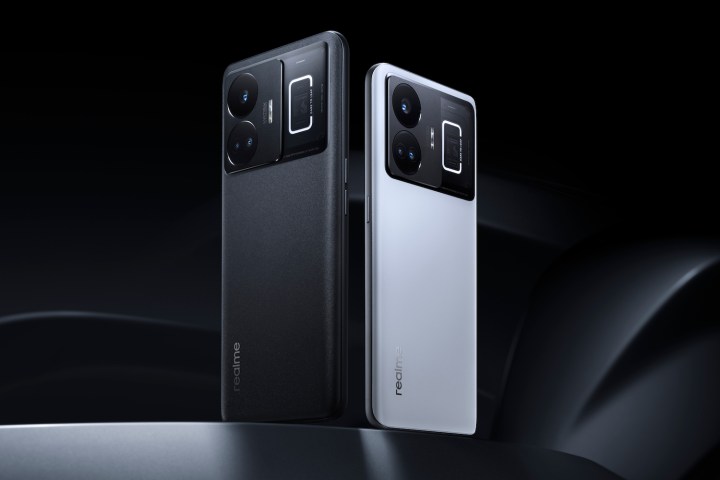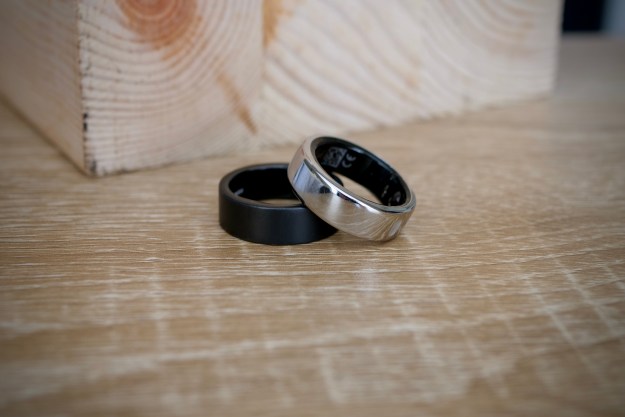How’s this for a statistic? Realme says it will take 80 seconds to charge the battery in the forthcoming Realme GT3 phone from 0% to 20%, and just under 10 minutes for it to reach 100%.
This is due to the phone’s new 240W fast charging system, and it’s the most powerful, fastest way to charge a smartphone’s battery we’ve seen yet. Realme also claims it won’t be beaten for a while, as its system maxes out the recharging ability of a USB Type-C connection.
How Realme made 240W charging a reality

How does it work? The 240W charger uses dual GaN technology and has three dedicated chipsets to manage the charging process, plus a special 12A charging cable. The system has 60% more power than other chargers, yet the block is no larger than a 150W adapter. The GT3’s battery has a fairly modest 4,600mAh capacity, which definitely helps the charger reach these headline figures.
Realme has extensively tested the battery and says it’ll still deliver 80% of its ability after 1,600 charging cycles, even at this power. It also engineered 13 temperature sensors, a large vapor chamber system, and more safety measures into the phone. Other power management tools mean the phone switches between modes based on use, to keep the battery healthy over time too.
Glowing lights on the back too

While the charging technology is interesting, when you look at the photos of the phone, something else catches your eye. On the back, inside the camera module, is a glowing light. Realme calls this C-shaped ring the Pulse Interface Design, and it shows the phone’s status when charging, when a call comes in, as a notification alert, and even as a countdown when taking a photo. The RGB lighting system supports 25 different colors and five different speeds.
Look more closely, and the lighting ring surrounds a clear window into the phone, which apparently shows a Qualcomm Snapdragon chipset sticker and the NFC chip. Realme says it has taken inspiration from gaming phones, such as the Asus ROG Phone 6, but fails to mention the biggest influence in smartphone lighting recently, the Nothing Phone 1.
Announced for MWC 2023, Realme has not revealed much more about the Realme GT3 yet. We don’t know anything about the camera, for example, or the exact Snapdragon chip that will power the phone. We do know it will come with either 8GB, 12GB, or 16GB of RAM, matched to 128GB, 256GB, 512GB, or even 1TB of internal storage space. The cheapest model will cost $649, but despite giving the price in U.S. dollars, it’s unlikely the Realme GT3 will be released in the U.S.
Anyone unable to buy Realme’s GT3 who is looking for the fastest charging smartphone should turn their attention to the excellent OnePlus 11.
Editors' Recommendations
- New 260-watt battery charge tech goes from 0% to 25% in just 1 minute
- Watts don’t matter when fast charging your phone — time does
- Vivo’s new charging tech rockets phone your battery to full in only 13 minutes





